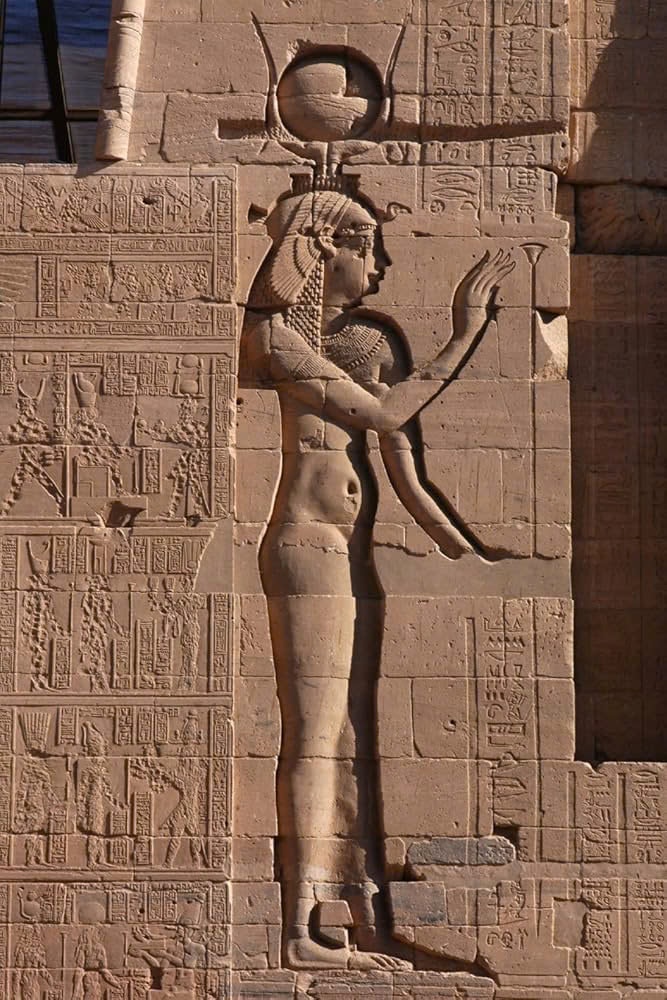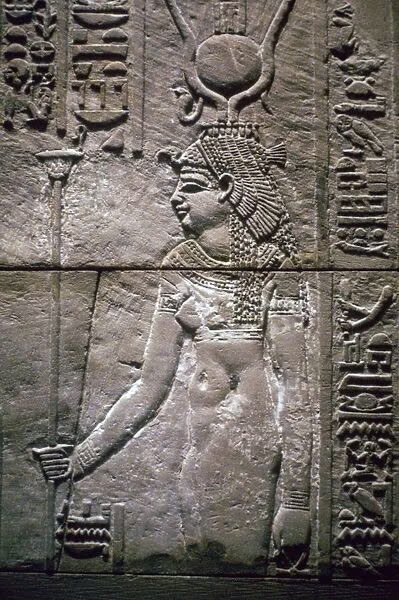The Divine Portrayal of Isis

A stunning bas-relief, originating from the New Kingdom’s 18th Dynasty during the reign of Amenhotep III (ca. 1391-1353 BC), captures the essence of Isis, one of ancient Egypt’s most revered deities. This artistic masterpiece, now housed in the Egyptian Museum in Cairo, depicts the goddess kneeling gracefully on a stool shaped like the Nebu hieroglyph, symbolizing gold.
The Many Facets of Isis

Isis was not merely a singular entity but a multifaceted goddess embodying various crucial aspects of Egyptian life and spirituality:
- Motherhood and family
- Magic and healing
- Death and rebirth
- Good fortune
- Sea and travel
Her importance extended beyond these roles, as she was also considered a protector of the dead and a key figure in the afterlife journey.
The Magical Prowess of Isis
Miracles Through Magic

Magic was the cornerstone of Isis’s power, weaving through every significant myth involving her:
- She used her magical abilities to resurrect her husband, Osiris.
- Her powers enabled the miraculous conception and protection of her son, Horus.
- In the afterlife, she assisted the deceased through her supernatural skills.
The Ultimate Display of Magical Mastery

One particular myth stands out, solidifying Isis’s position as the preeminent magical deity in the Egyptian pantheon. In this tale, Isis cunningly creates a venomous snake to bite Re, the sun god. The poison is so potent that only by revealing his true name to Isis can Re be cured.
This myth underscores a fundamental belief in ancient Egyptian magic: knowing someone’s true name granted immense power over them. By compelling Re to divulge his secret name, Isis not only healed the sun god but also dramatically increased her own divine authority.
From intricate coffin decorations to grand temple reliefs, the image of Isis endures as a testament to her enduring influence in ancient Egyptian religion and magic. Her legacy continues to captivate and inspire, bridging the gap between the mystical past and our modern understanding of one of history’s most fascinating civilizations.
